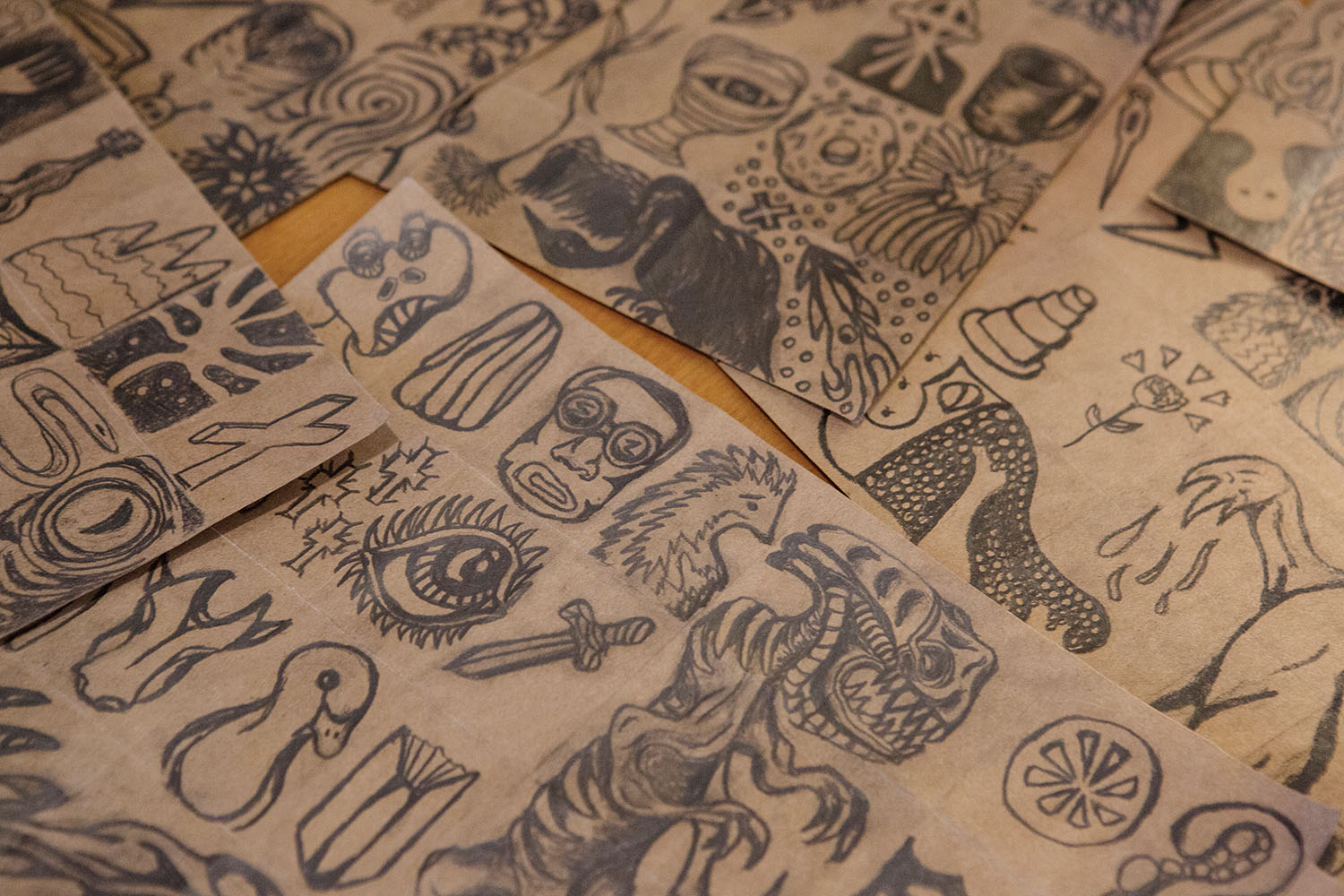Image


You should really subscribe now!
Or login if you already have a subscription.
Kirsten Luce’s photo essays have appeared in the New York Times, Harper’s, Newsweek, GEO France, and on Time.com. She teaches at Columbia University.